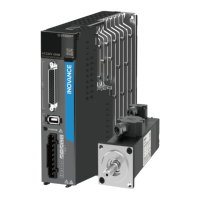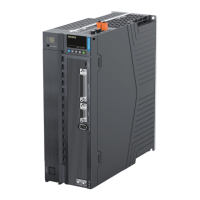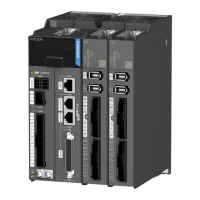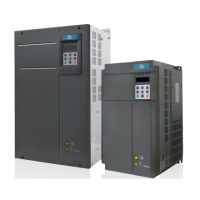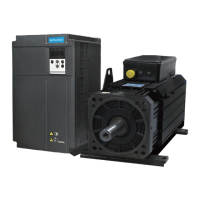16
INOVANCE TECHNOLGY EUROPE GmbH
SV660N Startup Procedure_EN_v1.4_20220826.docx
High Frequency – Notch filter
Notch filters attenuate the response of a narrow, specific range of frequencies around a center frequency
(notch). Frequencies above or below the specified range pass unchanged. Signals close to the notch (center)
frequency are heavily attenuated, but attenuation drops off at the ends of the specified range.
The notch reduces the gain at certain frequencies to suppress the mechanical resonance. After the vibration is
suppressed by the notch, you can continue to increase the gain. The operating principle of the notch is shown
in the following figure:
• Width level The width level indicates the ratio of the notch width to the center frequency of the
notch.
In which:
f
T
: Center frequency of the notch, which is also the mechanical resonance frequency
f
H
-f
L
: Notch width, indicating the frequency width whose amplitude attenuation rate is -3 dB in
relative to the notch center frequency
The default value 2 applies to general applications.
• Depth Level
The notch depth level indicates the ratio of the input to the output at the center frequency.
When the depth level is 0, the input is completely suppressed at the center frequency. When the
depth level is 100, the input can be fully received at the center frequency. Therefore, the smaller the
depth level is, the larger the notch depth is, and the stronger the suppression effect will be. Note that
a too small depth level may lead to system oscillation.
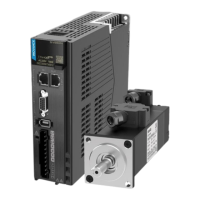
